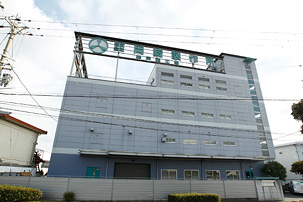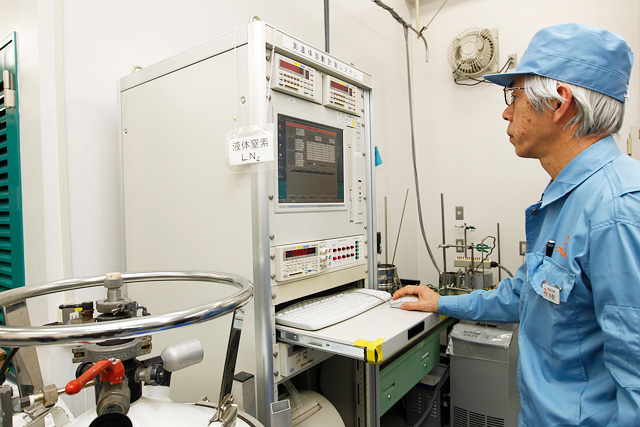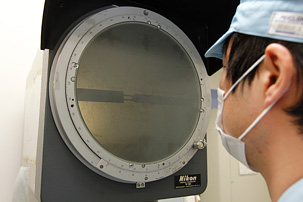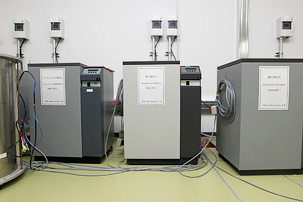Continuing to explore possibilities for temperature sensors.
Okazaki Manufacturing Company (OMC) is the top firm in the industrial temperature sensor sector, holding over half the market share. For 50 years since becoming the company’s president, Kazuo Okazaki has continued to explore the possibilities for temperature sensors and the mineral insulated (MI) cables inside them. President Okazaki’s policy is not about having a widespread presence in the measuring business: it’s about mastering temperature measurement.
OMC first got into the space sector in 1983. Production of temperature sensors shifted to Japan to develop the Japanese-built rocket, the H-II Launch Vehicle, and OMC applied to the National Space Development Agency of Japan (NASDA) – the predecessor to Japan’s current aerospace agency, JAXA – to make them. OMC was chosen from among the five candidate companies. Since then, all Japanese rockets have been fitted with OMC temperature sensors. In 1990, NASDA certified OMC temperature sensors as standard components for space development, and in 2012 they were certified by the European Space Agency (ESA) and registered on the European Preferred Parts List (EPPL).
OMC moved its Main Plant to Nishi Ward, Kobe in 2012 to consolidate its temperature sensor production. However, aerospace temperature sensors are manufactured at the Kobe Nishi Plant, a factory specializing in these components.

OMC’s Main Plant began operating in 2012. Non-aerospace temperature sensor production is concentrated here.

The Kobe Nishi Plant, which began operating in 2002, produces aerospace temperature sensors. It has its own clean room, testing equipment and other special facilities.

OMC uses microscopes to visually check space temperature sensor soldering.

Assembly of external and internal rocket parts. Sensors are connected by hand.

These photos show the process by which temperature sensor probes are made by connecting MI cables to sensor casings. The process demands delicate work.


Temperature sensor testing equipment. Precise measurements are needed to meet strict demands for reliability.

A temperature sensor undergoing a visual inspection with a magnifying glass.

Temperature calibration laboratory with Japan Calibration Service System (JCSS) certification authorized by the National Institute of Technology and Evaluation (NITE) has equipments of global standard level.
OKAZAKI MANUFACTURING COMPANY
INTERVIEW
インタビュー
7 types of satellite sensors certified
for the European EPPL.
OKAZAKI MANUFACTURING COMPANY
President
Kazuo Okazaki
